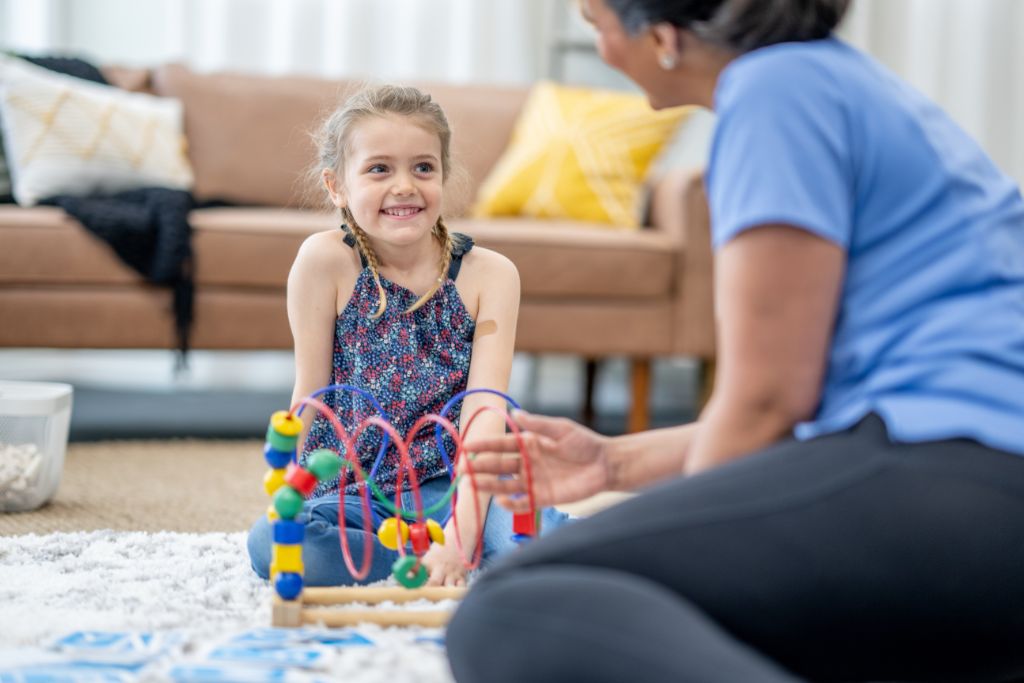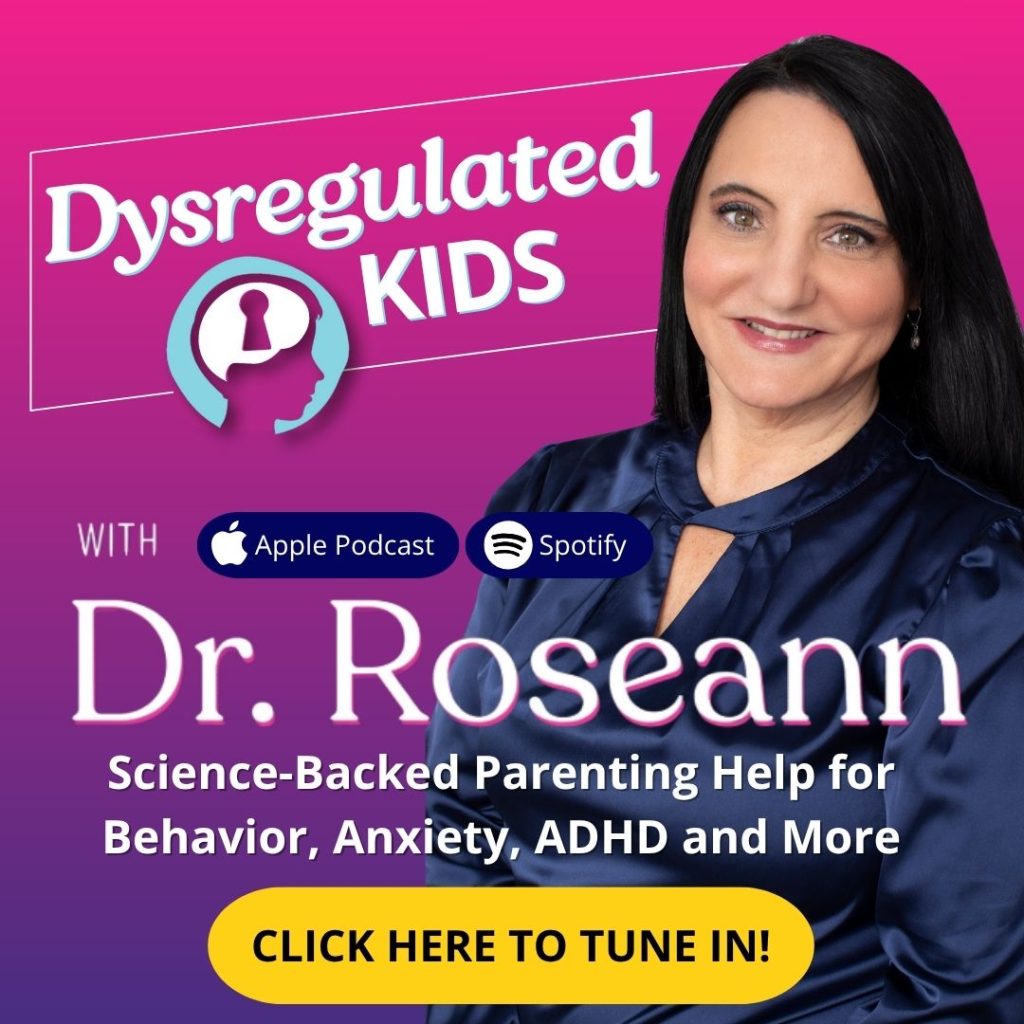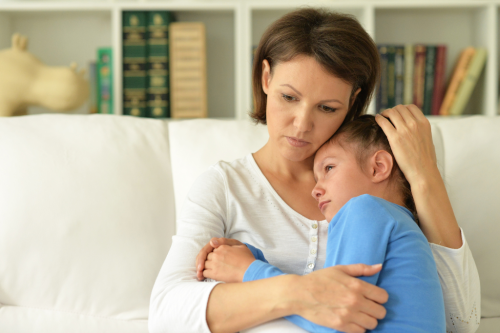Estimated Reading Time: 8 minutes
Did you know what happens after your child’s meltdown is just as important as stopping it? Yet 87% of parents miss the signs that shape their child’s emotional stability for hours—or even days.
When your 8-year-old stops screaming after a homework battle, you may think the storm has passed. In reality, their nervous system is still working overtime, and your response in this window can speed healing or spark another meltdown.
Post-dysregulation recovery follows predictable stages. In this guide, you’ll learn the six stages, how to spot subtle signs of ongoing recovery, and science-backed ways to support your child without re-triggering dysregulation.
What Happens After Dysregulation?
The moment your child’s meltdown ends, their brain doesn’t simply flip a switch back to “normal.” Post-dysregulation recovery involves complex neurobiological processes that can take anywhere from 20 minutes to 24 hours—sometimes longer for neurodivergent children.
During dysregulation, the limbic system works overtime while the prefrontal cortex shuts down. Afterward, the nervous system must lower stress hormones, restart clear thinking, process emotions, and regain energy.
Key things happening:
- The amygdala remains activated, prompting hypervigilance and fatigue.
- The prefrontal cortex is just starting to reboot, which means self-control and language may still be foggy.
- Emotions can resurface unpredictably—one moment they’re quiet, the next they might melt down again over something small.

Stages of Recovery After a Meltdown
Understanding the six distinct stages of post-dysregulation recovery helps you know exactly how to respond at each phase.
| Stage & Timeframe | Description | Key Signs |
|---|---|---|
| Stage 1: Physiological Shutdown (0–10 min) | Appears “zoned out” or unresponsive; neurological protection, not defiance. | Blank stare or glazed eyes, minimal verbal response, physical exhaustion |
| Stage 2: Fragile Awareness (10–30 min) | Awareness returns but still highly sensitive to stimulation. | Startled by normal sounds, difficulty following instructions, physical complaints |
| Stage 3: Emotional Processing (30 min–2 hrs) | Prefrontal cortex comes back online; emotional processing begins. | Verbal processing or silence, self-blame or remorse, seeking physical comfort |
| Stage 4: Tentative Reconnection (2–6 hrs) | Begins reconnecting but reserves still depleted. | Cautious interaction, easily overwhelmed, frequent need for reassurance |
| Stage 5: Vulnerability Window (6–24 hrs) | Appears “normal” but emotionally fragile. | Lower frustration tolerance, increased sensitivity, subtle signs of stress |
| Stage 6: Full Reintegration (24–72 hrs) | Nervous system returns to baseline. | No significant signs—regulation restored |
Brain Science Spotlight
Research from Harvard Medical School, led by Dr. Martin Teicher, shows that childhood stress, such as chronic adversity, can lead to lasting changes in brain connectivity, affecting areas linked to emotion regulation. Studies suggest that intense stress may cause prolonged activation of the stress response system, potentially influencing behavior for hours or longer.
What this means for your family: The sensitivity you observe in your child after a meltdown may reflect ongoing neurological processing of stress, alongside behavioral responses. Supporting your child with calming strategies can help their brain recover from overwhelming experiences.
Hidden Signs Your Child Is Still Recovering
Most parents miss the subtle indicators that their child’s nervous system is still in recovery mode.
Physical Signs Parents Often Miss
- Temperature dysregulation
- Appetite changes
- Sleep disruption
- Sensory sensitivity
- Physical complaints
Emotional and Behavioral Indicators
- Emotional flatness
- Regression in skills
- Social withdrawal
- Increased clinginess
Cognitive Recovery Signs
- Memory gaps
- Processing delays
- Decision fatigue
- Learning difficulties
Parent Scenario: Marcus, dad of a child with ASD, noticed his son held onto his favorite stuffed animal long after the meltdown. That quiet consistency told Marcus the meltdowns’ traces were still there and needed time.
Takeaway: The soft echoes of comfort objects or routines can be powerful.

Want to help your dysregulated child recover faster—without walking on eggshells?
Join the Dysregulation Insider newsletter and get your exclusive Regulation Rescue Kit, packed with the proven strategies over 10,000 parents use to shorten recovery time and bring calm back sooner.
How to Support Recovery Without Re-Triggering
Supporting your child after a dysregulation episode is all about striking the right balance. Too little support leaves them feeling alone with their big feelings… but too much stimulation can flip the switch right back into dysregulation.
That’s where my CALMS Dysregulation Parenting Protocol™ becomes your step-by-step guide.
The CALMS Dysregulation Parenting Protocol™
C – Co-Regulate First Your calm is the anchor. When you model regulation, their brain starts to mirror it.
- Lower your voice and slow your movements
- Reduce environmental stimulation
- Offer physical comfort if they’re open to it
A – Avoid Personalizing Even in recovery, your child might be snappy or withdrawn. This isn’t defiance—it’s biology.
- Resist “What happened?” conversations
- Validate: “That was really hard for you”
- Follow their lead on touch and closeness
L – Look for Root Causes The recovery window is ideal for observing patterns.
- Notice breathing, muscle tension changes
- Honor their need for space or closeness
- Take mental notes about triggers
M – Model Coping Strategies Recovery is a teaching moment without the lecture.
- Mirror their energy level
- Breathe slowly so they can follow your pace
- Use sensory supports naturally
S – Support and Reinforce Once calmer, help them integrate the experience.
- Praise regulation attempts
- Protect recovery time from interruptions
- Reconnect through calm activities

Dr. Roseann’s Therapist Tip
In my 30+ years of clinical practice, I’ve learned that parents’ anxiety about their child’s recovery often delays the actual healing process. Your child’s nervous system knows how to heal when given the right conditions.
Try this today: After your child’s next dysregulation episode, resist talking about it for 24 hours. Focus on basic needs—food, rest, connection.
Why it works: The nervous system heals in safety, not explanation. Remember: Your child’s recovery isn’t linear, and that’s perfectly normal.”
Why Recovery Time Varies Between Kids
Not all children recover from dysregulation at the same rate. Understanding why recovery time varies helps you set realistic expectations and provide appropriate support for your unique child.
Neurotypical vs. Neurodivergent Recovery Patterns
| Group | Typical Recovery Timeline | Key Considerations |
|---|---|---|
| Neurotypical Children | Physiological recovery: 2–6 hours Full emotional reintegration: 12–24 hours Return to baseline: 24–48 hours |
Recovery tends to follow a predictable pattern with fewer prolonged effects. |
| Autistic Children | 48–72 hours | Extended recovery often due to sensory processing differences and higher stress load. |
| ADHD Children | 24–48 hours | More likely to experience prolonged emotional “hangovers” that affect focus and behavior. |
| Highly Sensitive Children | 72+ hours | Require longer for complete emotional regulation due to heightened emotional reactivity. |
Factors affecting recovery:
- Trauma history
- Age and development
- Individual nervous system sensitivity
- Environmental factors
Parent Scenario: Rosa’s tween with PANS would sometimes bounce back in minutes; other times, she needed two days of co-regulation before reconnecting. Rosa learned that both were “normal,” just different days.
Takeaway: Honor each recovery curve without comparing to “how quick it should be.”
Creating a Home Recovery Plan
After dysregulation, children need a predictable, calming routine. This isn’t about distraction or “fixing” behavior—it’s about signaling the nervous system to move from high alert to regulation.
This four-step plan is simple, repeatable, and works in any setting, meeting your child where they are and guiding them back to calm without pressure.
Child Calming Strategies: Step-by-Step Regulation Recovery Plan
| Recovery Step | Action | Purpose |
|---|---|---|
| 1. Anchor | Dim the lights, reduce noise, and wrap your child in a weighted blanket or other comfort item. Maintain a calm, steady presence without demanding conversation. | Signals safety and begins the nervous system downshift. |
| 2. Micro-Routine | Offer a small, familiar routine that meets basic needs—such as a light snack, a drink of water, and reading a short, soothing story together. Keep it consistent so the child can anticipate what comes next. | Meets basic needs while creating predictable comfort. |
| 3. Gentle Activity | Engage in a quiet, low-demand task such as doing a simple puzzle, coloring, or drawing together. Choose activities that keep hands busy but don’t require problem-solving or complex instructions. | Encourages quiet engagement without cognitive overload. |
| 4. Transition | Give a soft, clear warning before moving to the next activity (e.g., “In five minutes, we’ll go wash hands for dinner”) and shift gradually, allowing your child to mentally prepare. | Prepares the child for change, reducing stress from sudden shifts. |
Key Takeaways and Your Next Steps
Post-dysregulation recovery is not weakness—it’s your child’s nervous system doing its job. Remember:
- Recovery follows predictable stages.
- Hidden signs can outlast visible distress.
- Neurodivergent children often need more time.
- Your calm is the best healing tool.
Your child’s recovery journey is unique, and honoring that uniqueness builds long-term emotional resilience. It’s gonna be OK.
Ready to make post-dysregulation recovery smoother and less stressful? Join the Dysregulation Insider newsletter and grab your free Regulation Rescue Kit—your quick-reference guide to calming strategies that actually work.
FAQs
How long does post-dysregulation recovery typically last?
It varies—some children bounce back within minutes, others may need several hours or even overnight. It depends on their neurodiversity, age, and stress history.
Should I talk to my child about the meltdown once they’re calm?
Wait until they truly reconnect (stage 4). Gentle reflection can be helpful later—but pushing right away may overwhelm their reset system.
Is my child “manipulating” me by lingering behaviors?
Not at all—it’s not willful. That lingering fatigue or clinginess is their nervous system signaling it’s still working to ground.
How can I support when my child resists recovery tools?
Gently offer options (“Would you like your weight blanket or humming toy?”). Offer once, let it go, and circle back later. No pressure.
Citations
Teicher, M. H., & Samson, J. A. (2016). Annual Research Review: Enduring neurobiological effects of childhood abuse and neglect. Journal of Child Psychology and Psychiatry, 57(3), 241–266. https://doi.org/10.1111/jcpp.12507
Shaw, P., Stringaris, A., Nigg, J., & Leibenluft, E. (2014). Emotional dysregulation in attention deficit hyperactivity disorder. American Journal of Psychiatry, 171(3), 276–293. https://doi.org/10.1176/appi.ajp.2013.13070966
Denham, S. A., & Burton, R. (2003). Social and emotional prevention and intervention programming for preschoolers. New York: Springer Science & Business Media. https://doi.org/10.1007/978-1-4615-0075-9Gross, J. J. (2015). Emotion regulation: Current status and future prospects. Psychological Inquiry, 26(1), 1–26. https://doi.org/10.1080/1047840X.2014.940781
Always remember… “Calm Brain, Happy Family™”
Disclaimer: This article is not intended to give health advice and it is recommended to consult with a physician before beginning any new wellness regime. *The effectiveness of diagnosis and treatment vary by patient and condition. Dr. Roseann Capanna-Hodge, LLC does not guarantee certain results.
Are you looking for SOLUTIONS for your struggling child or teen?
Dr. Roseann and her team are all about science-backed solutions, so you are in the right place!









